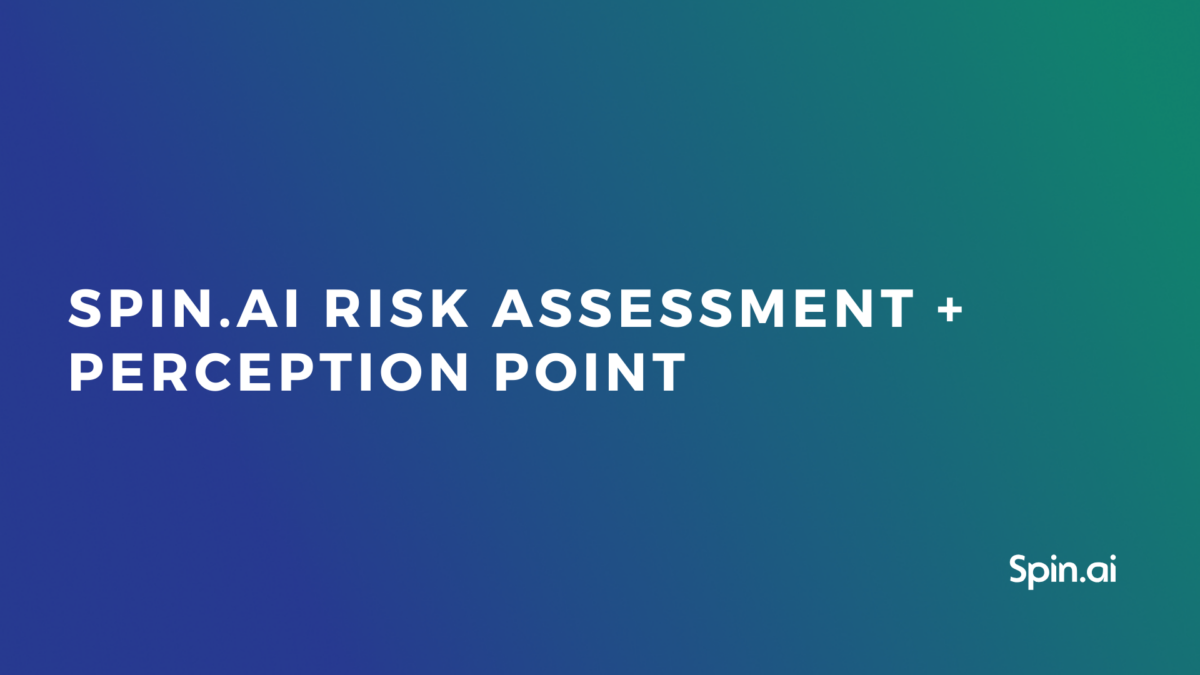Cyber Resilience: Definition, Elements & Strategy

What is cyber resilience?
Cyber resilience is the capability of a digital ecosystem to defend itself against, withstand, and recover from cybersecurity incidents.
It is a necessary condition of the normal functioning of any organization. That is why it should be a part of business continuity management.
Key features:
Any digital system likens a living organism. It inhabits a constantly changing environment and undergoes multiple internal transformations.
It must be able to withstand extreme conditions. It should be able to adjust to wide-scale changes. It must be able to quickly restore itself from major disruptions. Finally, it should last for as long as possible.
Hence its successful features are:
- Defensibility
- Adaptability
- Recoverability
- Durability
Elements of cybersecurity resilience:
- Analysis & Planning
This is necessary to assess the threats and introduce strategies for all types of cyber events.
- Prevention & Monitoring
A system should possess the necessary instruments to avert cyber incidents. But since it’s impossible to prevent 100% of them, you need tools to monitor it.
- Detection & Response
Timely event spotting provides an opportunity for an early response and shorter downtime. It can save businesses from the serious consequences of cybercrimes.
- Recovery & Evolution
The ability to get back to normal as soon as possible is critical for business continuity management. What’s even more important is the ability to evolve the security system after the cyber event.
Some experts suggest other components:
- Manage & defend
- Identify & detect
- Respond & recover
- Govern & Assure
Or:
- Protect
- Detect
- Evolve
Why is cyber resilience important?
- Strategic planning improves the following aspects:
- Defense;
- Response;
- Recovery.
- Integration of cybersecurity and business continuity management enables to:
- Make sure that cybersecurity is in line with business goals and needs;
- Plan the recovery activities better;
- Decrease the duration of downtime as well as financial losses;
- Minimize the legal consequences of cyber incidents due to compliance;
- Lessen the damage to reputation.
Vectors of improvement:
1. Tools
- AI
- Disaster Recovery
- Data backup
- App management
- Cybersecurity automation
2. Processes
- Security analysis
- Employee cybersecurity training & enforcement of safe digital practices
- Making cyber resilience part of the business planning
- Regular system pen-testing
Cyber Resilience strategy
Stage 1: Plan
- Assess the cybersecurity of your digital system.
- Identify vulnerabilities and the ways to protect or remove them.
- Estimate and prioritize the threats and risks.
- Create prevention, monitoring, defense, response, and recovery strategies.
- Choose the tools
Stage 2: Build & test
Build a system that will constantly keep track and control your operations from a cybersecurity standpoint. Test the system for vulnerabilities.
Stage 3: Undergo cyber incidents
While it is impossible for any company to achieve perfect system resilience, cybersecurity events can offer valuable insights into their weaknesses.
Stage 4: Adapt
You need to analyze what went wrong and led to the incident. Then tweak your system.
Was this helpful?
How Can You Maximize SaaS Security Benefits?
Let's get started with a live demo
Latest blog posts
Reducing Browser Extension Risk with Spin.AI Risk Assessment + Perc...
April 24, 2024Spin.AI is collaborating with Perception Point: integrating the Spin.AI Browser Extension Risk Assessment within the... Read more
How to Restore A Backup From Google Drive: A Step-by-Step Guide
April 10, 2024Backing up your Google Drive is like making a safety net for the digital part... Read more
Protecting Partner Margins: An Inside Look at the New Spin.AI Partn...
April 2, 2024Google recently announced a 40% reduction in the partner margin for Google Workspace renewals –... Read more


